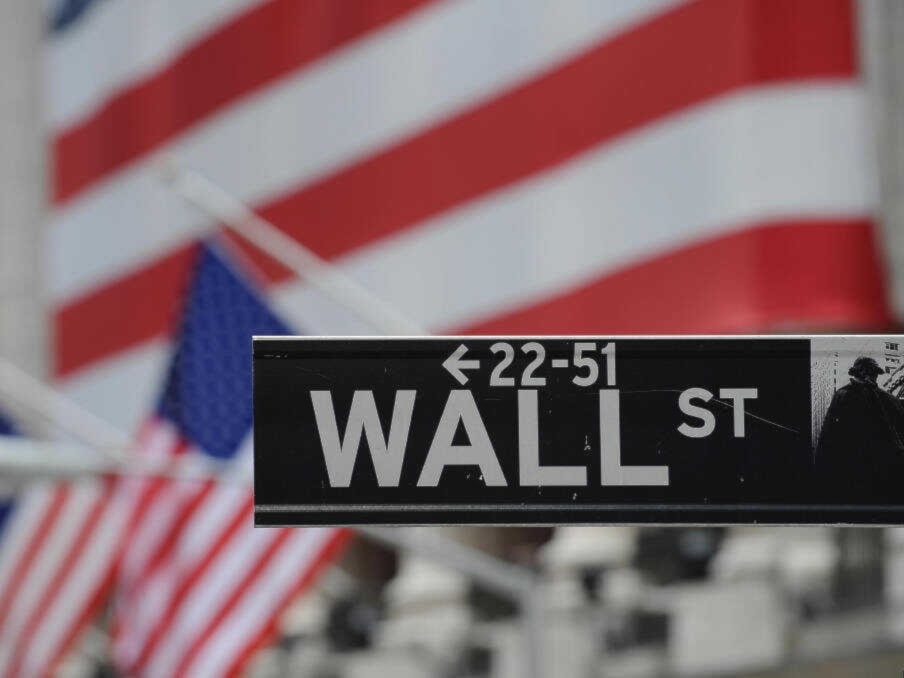Wall St. ends red for second week as stocks embrace Fed rate decision
The decline across US economic indicators comes as the March 20 Federal Reserve interest rate decision looms.
-

A pole with a sign pointing toward Wall Street in 2019 (AFP)
Wall Street recorded a second consecutive red week due to the volatility of tech stocks ahead of next week's Federal Reserve interest rate decision.
The S&P 500 index, which monitors the stocks of the leading 500 US companies on the New York Stock Exchange, concluded on Friday at 5,119, decreasing by 32 points, or 0.6% for the day. Over the week, the S&P 500 declined by nearly 0.1%, mirroring the decline from the previous week.
Meanwhile, the Nasdaq Composite Index, which includes major tech companies like Google, Amazon, Apple, and Netflix, closed at 15,973, a drop of 155 points or nearly 1%. Compared to last week's 1.5% gain, the Nasdaq was 0.7% lower for the week.
Read more: Nvidia topping chip-making market for AI, decreasing competitive funds
The Dow Jones Industrial Average, which is a key indicator of Wall Street's stock performance and tracks 30 large US corporations, closed trading at 38,715, a decrease of 191 points or 0.5% for the day. It also declined by 0.1% for the week, similar to the past one.
The decline in both established and technology stocks occurred as data on US industrial production, factory activity, and consumer confidence showed mixed trends ahead of the rate decision on March 20.
Thierry Wizman, a strategist in the US for the Australian financial group Macquarie, suggested that the mixed US economic data might lead central bank policymakers to question whether inflation has decreased sufficiently or if it is necessary to maintain restrictive interest rates.
"I think the other issue here is not just the 2024 and 2025 (outlook) … it is the other issues that the Fed is thinking about, which includes that the (stock) market is too frothy," he was quoted by the Wall Street Journal as saying.
"For that reason, it could signal that it thinks long-term interest rates should be higher."
Read more: US economy uncertain amid growth, inflation concerns: Powell
The Fed said it is looking to cut rates as inflation moderates. But the central bank says it needs the Consumer Price Index, an oft-used indicator of inflation, to first show an annual reading of 2% or lower.
The Fed has been discussing slashing rates as inflation was moderating. But it still eyes a Consumer Price Index CPI - a primary indicator of the inflation rate - of 2% or lower as a target before taking this step.
CPI was last recorded in February at 3.2% year-on-year, and higher than that in January at 3.1%.
Read more: JPMorgan CEO says US economy speeding toward a 'cliff' as debt rises

 3 Min Read
3 Min Read








